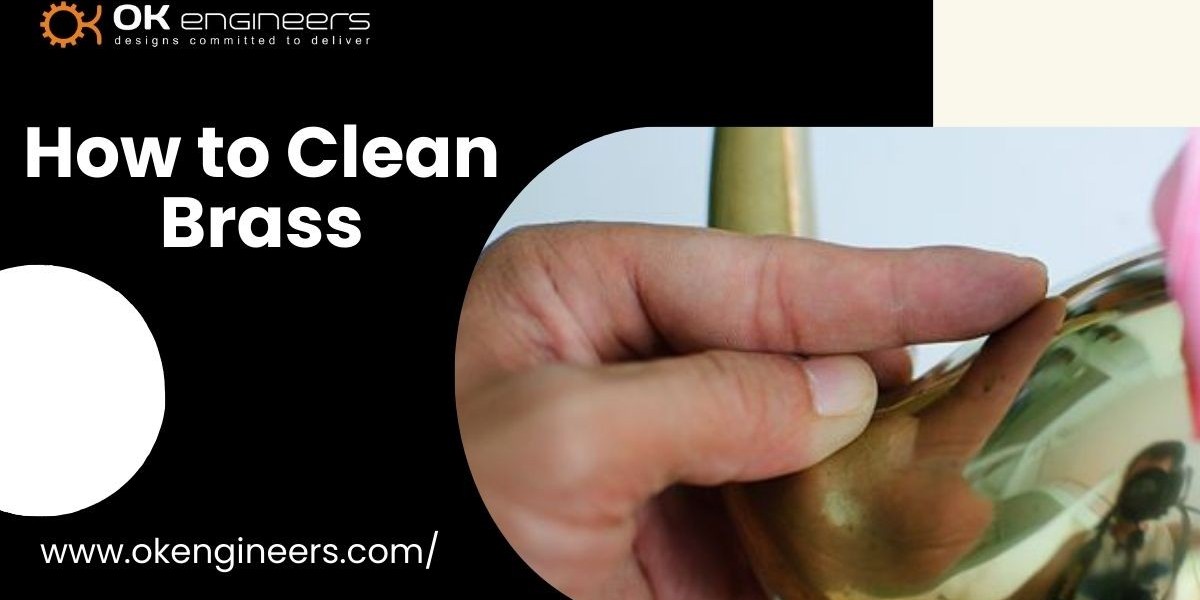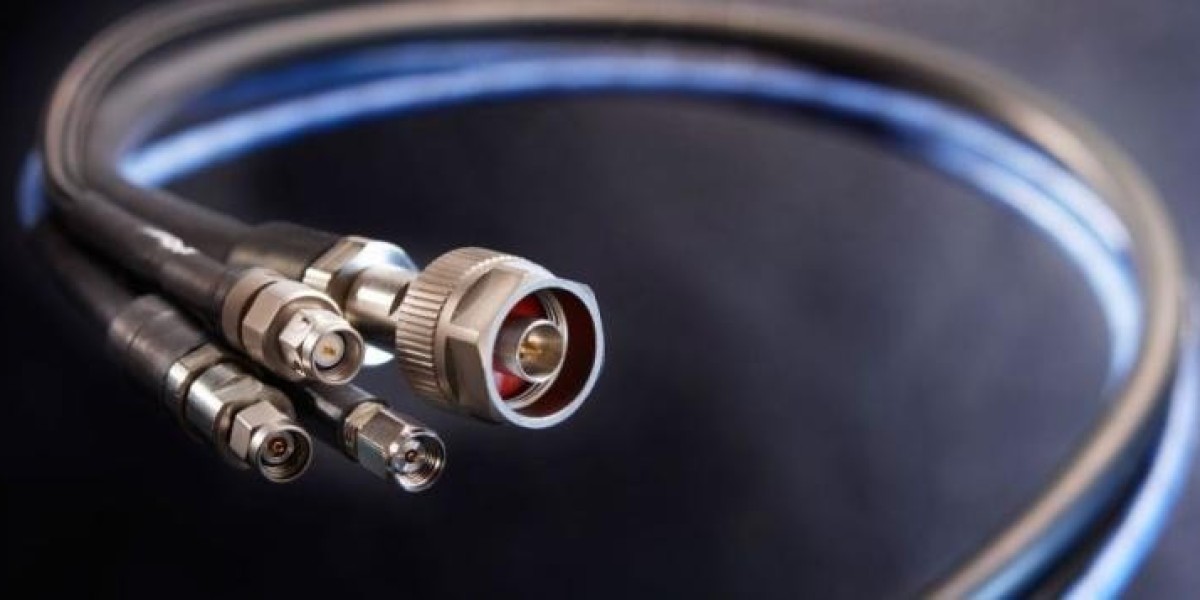Brass is a timeless material that has been used in various applications, including plumbing fittings, jewelry, and household items. It is renowned for its durability, aesthetic appeal, and versatility. However, over time, brass can lose its shine and develop a patina due to oxidation and exposure to various environmental factors. Keeping brass clean and polished is essential not only for maintaining its visual appeal but also for preserving its longevity.
In this Clean Brass Guide, we will explore practical methods for cleaning and maintaining brass, the benefits of regular cleaning, and how to avoid common cleaning mistakes. Whether you're dealing with brass fittings, fixtures, or decorative pieces, this guide will help you keep them looking new for years to come.
Understanding the Importance of Cleaning Brass
Brass is an alloy made primarily of copper and zinc. While it is resistant to corrosion and oxidation compared to other metals, brass can still tarnish over time. Regular cleaning is essential for maintaining its natural shine and preventing it from becoming dull or discolored.
Cleaning brass is not just about aesthetics. A well-maintained brass fixture or fitting will function better and last longer. For instance, when cleaning brass plumbing fittings, removing grime and corrosion can ensure that the fixtures operate effectively, reducing the risk of leaks or malfunction.
Common Methods for Cleaning Brass
There are several methods you can use to clean brass effectively. The choice of method largely depends on the level of tarnish or dirt on the surface. Let's explore the most common techniques:
1. Soap and Water Cleaning
The simplest and cheapest way to clean brass is by using a mixture of warm water and mild dish soap. This method is ideal for lightly tarnished brass or for regular cleaning of brass fixtures that are not overly dirty.
Steps:
- Mix a small amount of dish soap with warm water.
- Soak a soft cloth or sponge in the solution, wring out excess water, and gently wipe the brass surface.
- Rinse with clean water and dry the item immediately with a microfiber cloth to prevent water spots.
2. Vinegar, Salt, and Flour Paste
If you’re dealing with more stubborn tarnish, a paste made from vinegar, salt, and flour can work wonders. This method is particularly effective for brass items that have significant tarnish but are not heavily corroded.
Steps:
- Mix one tablespoon of salt, one cup of vinegar, and enough flour to form a thick paste.
- Apply the paste to the brass surface, ensuring the tarnished areas are well-coated.
- Let the paste sit for about 10-15 minutes to allow it to loosen the tarnish.
- Use a soft cloth to scrub the surface gently, then rinse thoroughly with water and dry.
3. Lemon Juice and Baking Soda
Lemon juice and baking soda form another powerful duo for cleaning brass. This method is effective for both light tarnishing and for removing grease and grime build-up.
Steps:
- Squeeze the juice of one lemon into a bowl.
- Add enough baking soda to create a paste.
- Apply the paste to the brass item and use a soft brush or cloth to scrub gently.
- Rinse thoroughly with water and dry the brass surface with a microfiber cloth.
4. Commercial Brass Cleaners
If the tarnish is persistent and none of the above methods work, you may want to invest in a commercial brass cleaner. These products are formulated to break down tarnish and restore the natural shine of brass.
Steps:
- Follow the manufacturer's instructions on the cleaner.
- Typically, you will apply the cleaner to a soft cloth or sponge and gently rub it onto the brass surface.
- Rinse the brass with water and dry thoroughly.
5. Polishing Brass
Once you’ve cleaned your brass, you may want to add an extra layer of shine with brass polish. This will not only enhance its appearance but will also add a protective layer to slow down future tarnishing.
Steps:
- Apply a small amount of brass polish to a microfiber cloth.
- Rub the polish in circular motions onto the brass surface.
- Allow the polish to dry to a haze before buffing it off with a clean cloth.
- Repeat the process for an even shinier finish.
Cheap Way to Clean Brass: DIY Methods That Work
While commercial brass cleaners can be highly effective, they can also be expensive. If you're looking for a cheap way to clean brass, there are several household items that can work wonders. The methods mentioned above, such as using vinegar, salt, and flour or lemon juice and baking soda, are cost-effective and easy to do with ingredients you likely already have in your kitchen.
If you're cleaning brass fittings or accessories regularly, consider using a mild dish soap and water solution as your primary cleaning method. It's gentle on the brass and will help remove dust and grime without causing any damage. For a deeper clean, you can alternate between using natural ingredients like vinegar and baking soda or commercial cleaners based on the level of tarnish.
Preventing Tarnish: How to Keep Your Brass Clean for Longer
Prevention is always better than cure. While cleaning brass is necessary to maintain its appearance, preventing tarnish from forming in the first place can save you time and effort.
Here are some tips to help you keep your brass looking fresh longer:
- Avoid Moisture: Brass tarnishes more quickly when exposed to moisture, so keep your brass items dry. Wipe them down after use to remove any moisture.
- Store Properly: If you’re storing brass items for an extended period, make sure they are in a dry, cool environment. You can also wrap them in a soft cloth to prevent exposure to dust and air.
- Use a Protective Coating: Some people apply a thin layer of clear lacquer to their brass items to protect them from tarnishing. This is especially helpful for items like brass jewelry or decorative pieces.
- Regular Dusting: Dusting your brass items regularly can help prevent dirt and grime build-up. This will make it easier to clean and maintain the shine.
Common Mistakes to Avoid When Cleaning Brass
When cleaning brass, there are a few common mistakes that can lead to damage or ineffective results. Let’s go over some of them to ensure you're cleaning your brass in the best possible way:
- Using Abrasive Materials: Avoid using steel wool or abrasive pads on brass, as they can scratch the surface and cause permanent damage. Always opt for a soft cloth or sponge.
- Over-Polishing: While it’s important to polish brass to restore its shine, over-polishing can remove the protective coating on the brass, leading to faster tarnishing in the future.
- Using Harsh Chemicals: Avoid using bleach or ammonia-based cleaners, as they can damage the brass. Stick to gentle, non-abrasive cleaners to preserve the material.
Conclusion
In conclusion, maintaining clean and shiny brass is not only about keeping it looking good but also about extending its lifespan. Regular cleaning and proper care will ensure that your brass fixtures and accessories continue to shine brightly, enhancing the beauty of your home or business.
From cheap ways to clean brass using household items like vinegar and baking soda to more professional techniques, this Clean Brass Guide has provided you with several effective options to maintain your brass items. By following the tips and methods discussed in this guide, you can keep your brass looking new and shining for years to come.
At OK Engineers we understand the importance of quality brass fittings and components. Our brass products are designed to last, and with the right care, they can retain their beauty and functionality for generations.









